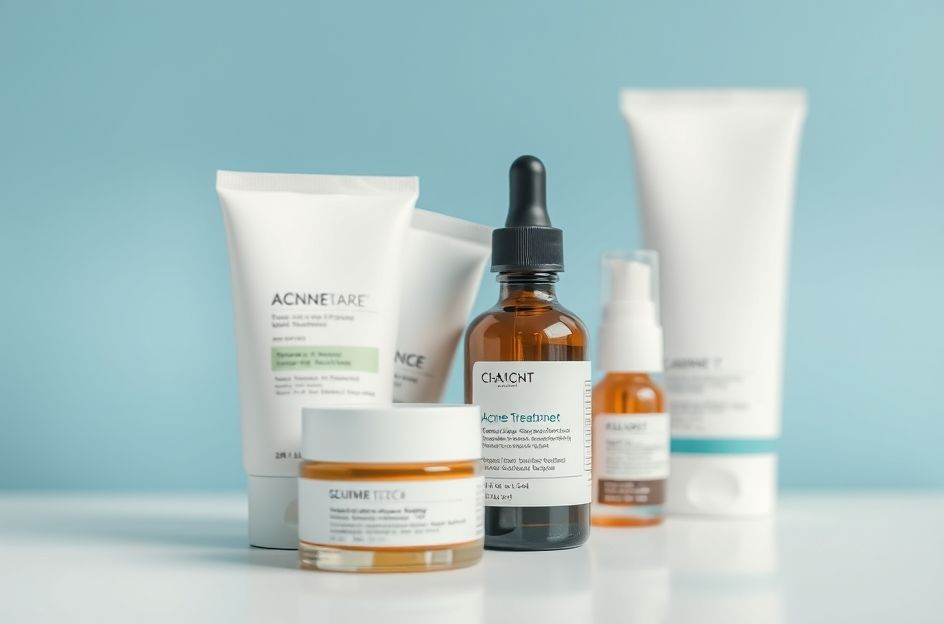Acne, a common inflammatory skin condition, often arises from bacterial activity within skin pores. When the immune system is compromised, it can react to these bacteria, leading to inflammation and pore blockage. This blockage traps oil secretions, creating a breeding ground that exacerbates bacterial growth and eventually leads to pimple formation.
When acne flares up, it’s tempting to panic at the sight of red, pus-filled bumps. Fortunately, numerous strategies can help combat acne-causing bacteria.
Antibiotics, such as tetracycline, doxycycline, and minocycline, are often prescribed to kill acne bacteria. These can be taken orally or applied topically as bactericides like benzoyl peroxide or erythromycin. However, the bacteria, known as *P. acnes*, can develop resistance to antibiotics. Benzoyl peroxide, an oxidizing agent, is less prone to inducing resistance. While antibiotics offer a temporary solution, topical application provides short-term relief.
Gentle exfoliation is another helpful technique. This can involve using a soft cloth, a liquid scrub, or chemical exfoliants like salicylic acid and glycolic acid. These chemicals promote the peeling of the top skin layer, preventing dead skin cell buildup.
Salicylic acid, available in many over-the-counter acne treatments and face washes, softens skin, removes dead cells, and unclogs pores. Sulfur-containing products are also effective for many individuals. Glycolic acid, commonly found in anti-aging and acne medications, also aids in skin renewal.
Natural health practitioners often recommend natural treatments. Tea tree oil is a popular option, known for its antibacterial and anti-inflammatory properties. It works similarly to benzoyl peroxide but with less skin irritation. Tea tree oil is readily available at health food stores.
Acupuncture is sometimes used to address hormonal imbalances believed to contribute to acne. Practitioners often recommend lifestyle adjustments and dietary changes, such as reducing dairy consumption.
Light therapy is another natural approach gaining traction. The bacteria responsible for acne are thought to be sensitive to blue light wavelengths. Treatment involves exposing the skin to blue light for about fifteen minutes, twice a week, for several weeks. While this treatment can be costly and results vary, it’s considered safe due to the non-harmful nature of the light.
Although some believe that acne stems from poor hygiene or certain foods, there’s no solid scientific link between diet and acne. However, a healthy diet supports overall skin repair and tissue health.
Maintaining good personal hygiene is crucial in acne management. Using non-comedogenic makeup (makeup that doesn’t clog pores) can also prevent the spread of bacteria and worsening of acne.
Employing these methods, along with good hygiene and a healthy lifestyle, should aid in your fight against acne-causing bacteria and promote clearer skin. Remember to consult with a dermatologist or healthcare professional for personalized advice and treatment options.
